Vision
Our vision for English at Yarra Glen Primary School is that all students will have access to evidence-based approaches in classroom practice to promote success in reading, writing, and spelling – and create uplift across all subject areas.
Literacy Instructional Model
Explicit teaching – This may include phonics instruction, modelled reading and writing, mentor/ rich texts, comprehension strategies, genre instruction, 6+1 traits.
Independent reading/ grouped reading/ writing task – Students working independently or in small groups. Teachers conferencing or working with a small focus group.
Daily review – Daily PowerPoint presentation reviewing phonics knowledge, spelling rules, segmenting, blending, word manipulation, morphology etc.
Fluency pairs – Daily fluency pairs, reading a selected passage or text to focus on reading fluency.



